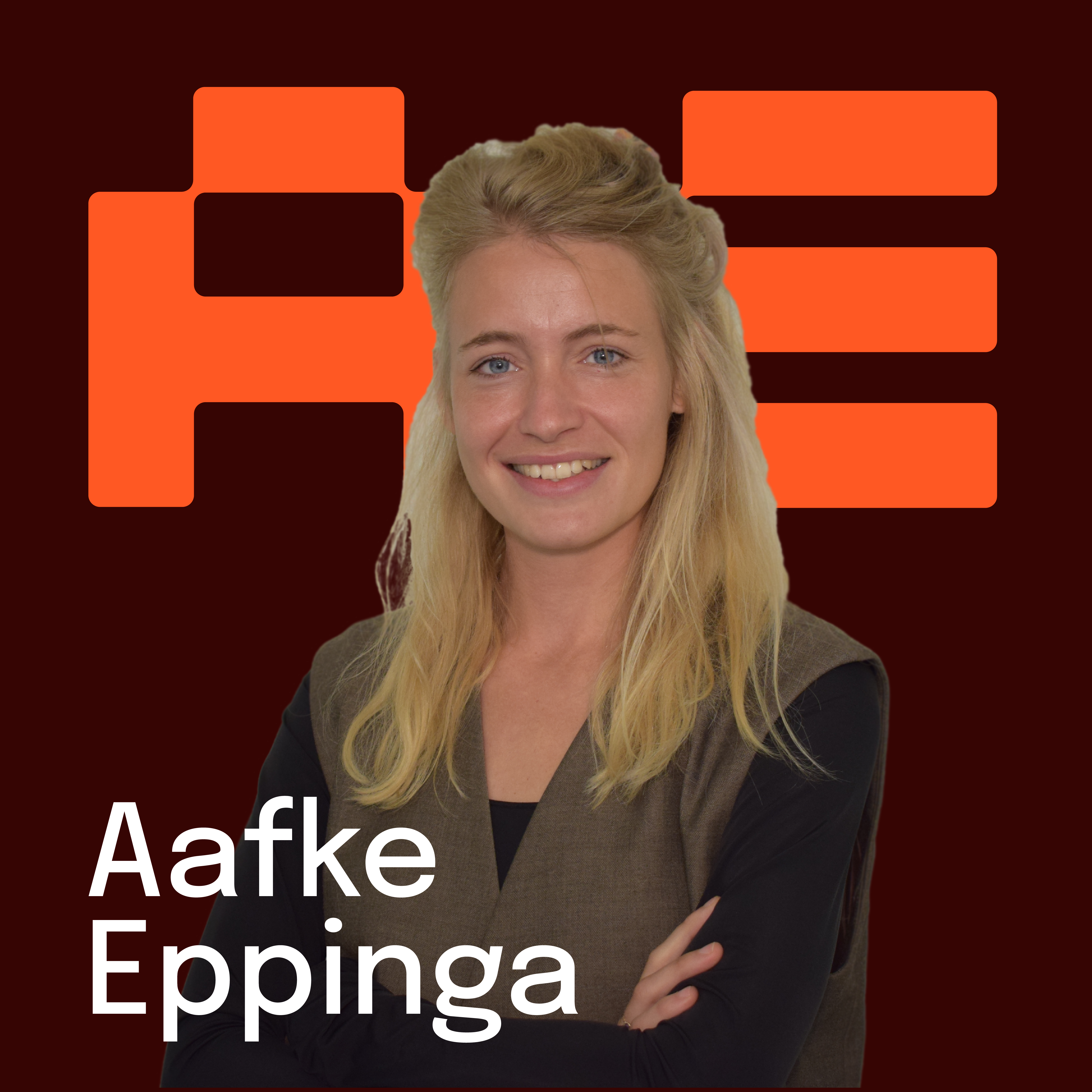EYEO Imaging is fundamentally improving image sensors
This week we are highlighting the winners of the Gerard and Anton Awards. Today: EYEO
Published on July 9, 2025
As editor-in-chief, Aafke oversees all content and events but loves writing herself. She makes complex topics accessible and tells the stories behind technology.
The smartphone camera has become the heart of our digital lives. And yet—or perhaps because of this—there is a persistent problem that manufacturers have been unable to solve for decades: the inefficient color filter. The Belgian-German-Dutch startup EYEO Imaging, founded in early 2024 in Eindhoven, is working on a fundamental solution to this problem. Using nano-photonics, they want to turn the image sensor landscape on its head.
“The standard way of recognizing color is inefficient: more than 70% of the light is lost,” says co-founder Jeroen Hoet. “That may sound technical, but it simply means that your camera is not getting the most out of the light. We solve this problem at the source.”


No filter, just physics
EYEO develops image sensors in which colors are no longer distinguished using traditional color filters, but via nano-photonics structures. This technology is the result of years of research at imec, the renowned research institute in Leuven, Belgium. There, Professor Jan Genoe and his team worked on structures that split light at the nanoscale without filtering.
Hoet: “We no longer use color filters. We let the light split physically, with much higher efficiency. This is a fundamentally different approach, which allows you to capture up to three times more light. This is reflected in sharper images, even in low light.”
The startup presented its first prototype at the IEDM 2023 conference, immediately capturing the attention of investors.
EYEO recently completed a €15 million seed round to industrialize the technology.
From smartphones to operating rooms
The potential of EYEO's image sensor extends across the entire market: from smartphones to drones, medical imaging, AR/VR glasses, and self-driving cars. The global image sensor market is worth billions, and EYEO's technology can not only improve image quality but also make cameras more compact and energy-efficient.
“In AR/VR, size is crucial. Our technology makes it possible to make image sensors up to three times smaller than they are today,” says Hoet. “For some applications, it is essential that these sensors become available.”
According to recent research by Deloitte (2024), the camera will remain the most important component in smartphones. EYEO is therefore targeting the core of the consumer and industrial electronics markets. But Hoet is looking further ahead: “We want our image sensors to become the standard in the long term. If we succeed, our mission will be accomplished.”
From imec to Brainport
Although the technology was developed in Belgium, EYEO deliberately chose to establish itself in Eindhoven. “The Brainport region has a wealth of photonics expertise and high-tech talent. That is essential for us,” says Hoet. The startup also benefits from the regional ecosystem: access to partners, technical expertise, and opportunities for collaboration with other deeptech companies.
There is one challenge, however: for the time being, they are still dependent on foundries outside the region to manufacture their advanced chips. “It would be ideal if that could also be done locally,” says Hoet. “But we work globally – from east to west. Brainport is a strong base, but we will have to move closer to our customers.”
With a team of four founders – Gerd Van den Branden, Alden Carracillo, Jeroen Hoet, and Jan Genoe – EYEO is currently working on the next generation of prototypes. These will have to prove the technology's promise in commercial applications.
“We have laid a solid foundation. The coming months will be all about scaling up: engineering, partnerships, and market validation,” says Hoet. “We've only just begun.”
G&A 2025
Every year, we spotlight 10 start-ups from the Brainport region. Each receives a Gerard & Anton Award.
View G&A 2025 Series